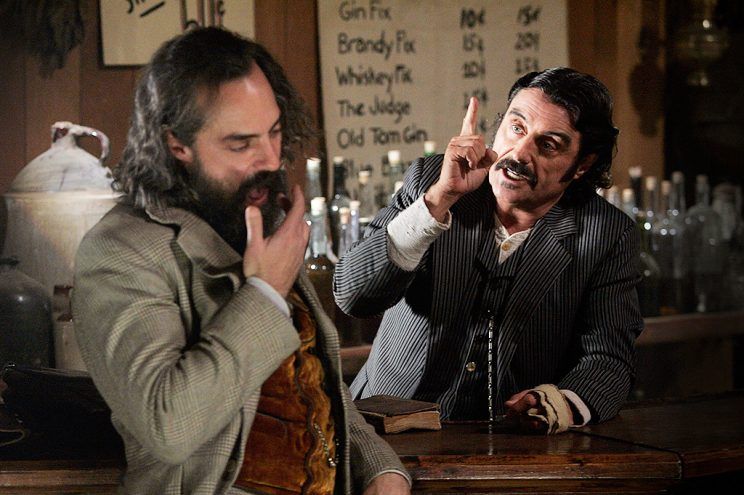My deepest gratitude to my teacher, James Kigar, who intuitively understands the impact of language on our nervous system, who breathes space into the human body and mind with his resonant listening, and who transforms words from swords that could cut a person to ribbons into building blocks of healing.
The word “yoga” refers to a mental state of equanimity as well as to the vast set of practices that can lead us towards such a state. Every year, scientists are learning more and making incredible discoveries about the human brain and the role that language plays in our perception of ourselves and of the world. Perhaps these discoveries can encourage us to embrace the art of communication as a central part of our yoga practice.
One of my great idols in this lifetime is my father. Growing up with a British father, I have always been fascinated by the impact of politeness, humility and good conversational skills. My Dad seems completely naturally to have come by a style of communication that allows him to share his opinions and ideas freely without making others wrong. His open and non-combative approach has always made him a reliable person for me to turn to when needing consultation on a difficult decision or life advice. I can always count on him to pan out to the bigger picture.
There ARE ways to share opinions without making others wrong. There ARE ways to care passionately and deeply about our ideas without inciting controversy and without antagonizing. It may mean that our voices are quieter. But in the long run it may make our voice easier to hear. Refraining from moralistic judgments is one of the basic tenets of nonviolent communication. Since yoga is based on an ethical foundation of nonviolence (ahimsa = respect for all living things, universal kindness), it can be a really fun and illuminating adventure to include language as part of our practice.
Type in the word “polemic” into Google search and the first few hits yield a fairly satisfactory definition. The following one from vocabulary.com works just fine: “A polemic is something that stirs up controversy by having a negative opinion, usually aimed at a particular group.” Here’s another one from Wikipedia: “A polemic is contentious rhetoric that is intended to support a specific position by aggressive claims and undermining of the opposing position.”
There are a lot of polemical voices out there in the yoga world today. I am not sure this is particularly helpful. They usually go something like this: “I used to practice this particular lineage of yoga. I hurt myself or it didn’t feel good. I know better today and I see the shortcomings of the way I was practicing before. Now I practice yoga the right way. Let me show you how to do yoga the right way.” The basic idea is that there is a right way and a wrong way. Sometimes the focus narrows to a method of teaching a particular pose. When friendships are strained disputing the action of the back leg in Warrior 2, when emotions boil over debating how to cue the pelvis in downward-facing dog or the shoulder blades in wheel, perhaps it’s a sign that we’re losing sight of the forest for the trees.
Perhaps yoga today IS a bit like one of the boomtowns in the Old West during the gold rush. Perhaps there IS plenty of lawless behavior taking place – both ethically and biomechanically! But it is also a time of growth and expansion and there is much to be learned and celebrated as new discoveries are made. We have research and diagnostic tools today that never would have been imaginable 50 years ago let alone 4,000! We are so lucky to have scientific evidence today that both backs up and contends with many of claims that have long been a part of the living tradition of yoga. But there is a way for us to integrate new information as it becomes available without repudiating the other voices in the conversation – past or present.
A lot of this contentious style of communication is driven by the business of yoga and the need to sell products. Teachers and schools are quick to make big claims about their offerings. Whether explicit or implicit, the message is usually the same: our method is superior. Twists and S.I. Joint integrity, Chaturanga and shoulder health, flexibility versus mobility, the soundness of yin yoga, hands-on assists… these are all hot-button issues in the yoga world today. A polemical voice can generate a lot of noise in a short amount of time. It’s a fast way to get heard. But part of yoga is about finding the middle path.
When it comes to hot-button issues, is neutrality even an option? Some might look at the Bhagavad Gita and argue that Krishna is emphatically saying “No!” - that he is telling Arjuna that neutrality is an illusion, a fantasy. But I think he is also saying to: “Arjuna, listen, take a deep breath, there’s a way to find a little more space here.” It is absolutely fascinating to watch the way Krishna engages with his young friend and student. Arjuna is literally begging Krishna to tell him what to do. And Krishna constantly frustrates him by panning out and asking him to consider a broader perspective.
The Yoga Sutras give us less to sift through in terms of specific directions for navigating political controversy or interpersonal conflict but certainly Sutra I.33 is rich with food for thought. Patanjali’s suggestion of upeksha (sometimes translated as indifference but perhaps better understood as tolerance or even-mindedness) seems to be directing us to overcome our prejudices rather than to get embroiled by them.
I am a big fan of abandoning the notion that there is a right way and a wrong way to do things in favor of boundless curiosity. This will allow us to share our discoveries without being in reaction and without needing to disqualify or dismiss other people’s voices. When we are in reaction, I don’t believe our teaching is ever as potent simply because we are not as grounded. There’s too much self mixed up in it and the mechanism of transmission is not as clear, not as pure. It’s hard to feel safe and at ease around someone who is in reaction or passing judgment.
The teachers that I have always been most drawn to are the ones who are just keep doing their own thing – learning and evolving as they go. They refrain completely from speaking poorly about other teachers or schools choosing instead to value the diversity of approaches. I never hear them passing negative judgment on another teacher or school whether by direct statement, implication, or insinuation.
What do you say? Can we all just get along?

